The invention and evolution of hand filter cup! Some suggestions on how to choose a filter cup for a player
Professional coffee knowledge exchange more coffee bean information please follow the coffee workshop (Wechat official account cafe_style)
When it comes to hand-held coffee, perhaps because of the popularity of Japanese hand-held coffee, many people mistakenly think that it was invented by the Japanese. But in fact, it was not only the Japanese who invented the handbag, but also a rare female figure in the history of coffee.
In the ancient era of coffee drinking, Ethiopian, Arab and Turkish coffee spread. These are traditional coffee that does not filter dregs. Until 1908, German housewife Melitta Bentz invented the technology of using filter paper to filter coffee powder, which solved the problems of residual powder and cleaning of filter cloth in the past. Subsequently, Mrs. Merita invented the ceramic filter cup and applied for a patent for filter paper and filter cup, establishing Melita.
The company (The Melitta Company) continues to innovate and improve its products, and the coffee industry is still a classic brand in the field. Melita broke the secular definition of traditional women, and the century-old company also made a name for itself in the history of coffee.
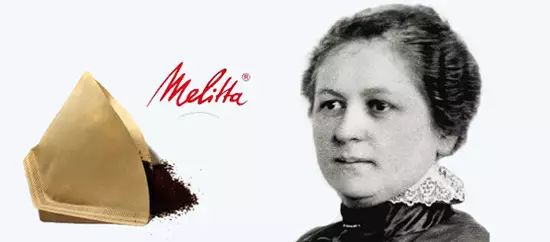
Melita Bentz, who tried to find a way to filter coffee, once used her son's lunch blotting paper as coffee filter paper, and then applied for a patent for her discovery and started a company. hire her husband and son as the first employees.
Melita was born in Dresden in 1873. As a housewife, she likes freshly brewed coffee, but she is a perfectionist and hates the coffee grounds left between her teeth. One day, on a whim, she punched a hole in the bottom of the copper bowl, took out a piece of blotting paper from her son's schoolbag and put it into the hot water, and the mellow coffee dripped into the pot through the blotting paper. In this way, she invented a method of filtering dregs and retaining the aroma of mellow coffee.
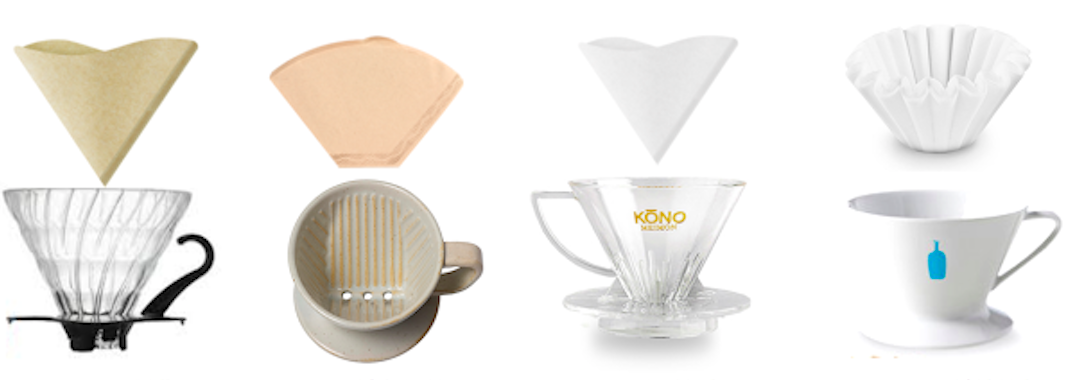
The filter paper made of blotting paper is light and thin, low cost, no need to clean after use, and can also completely filter coffee grounds to make coffee more palatable. The Melitta Company applied for a patent for her filter paper and filter cup, and established Melita in the same year. The appliance is constantly innovating, and a series of new products were launched in 1920 and 1930s, which have been in use ever since.
However, with the increasing popularity of espresso machines and the rise of Starbucks, which represents coffee commercialization and American fast culture in the 1980s and 1990s, hand-held coffee has gradually declined in Europe and the United States. Until the third wave of coffee in recent years, hand-held coffee has sprung up again, combined with the "Zen" of slow life in Japan, emphasizing self-exploration and enjoyment in the process of stewing, and gradually spread all over the world and became popular at home.
The filter paper and filter cup invented by Melita have also been discussed and reformed by the world again and again, especially in Japanese enterprises. HARIO, KALITA and KONO appear on the market with inscriptions.
Such as:
HARIO V60 Classic Series: the King of aroma with Fast flow rate
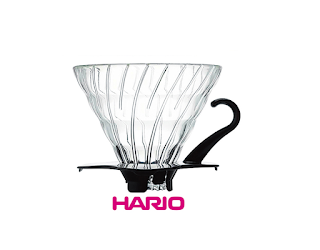
Kalita Bozo see Burn: a well-designed new trapezoidal filter cup
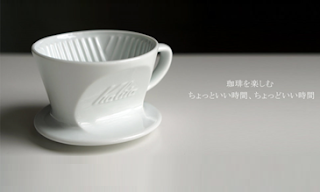
KONO six-ribbed filter cup: a large variable speed filter cup with enhanced hierarchy
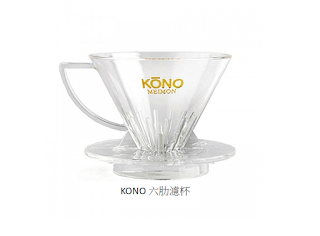
Driven by this trend, even the leader of the third wave of coffee [BlueBottle] has launched corrugated filter cups to make coffee extraction more uniform, and baristas can focus more on fine-tuning sharpness.
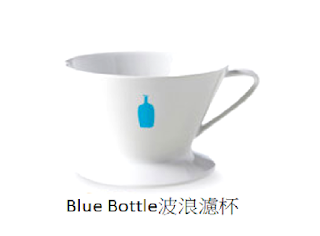
The associated Japanese Sanyo Industrial Company has been sticking to the brand OEM for the past 50 years, and in recent years, it has actively cut into its own brand to launch [CAFEC] series of products, especially the slow filter paper with wrinkles on both sides, which is unique in the industry.
Hand filter cups have their own unique shape and flow rate, as well as different sizes, there are so many style choices on the market, how should we choose so as not to be fascinated? Here are a few tips for choosing filter cups:
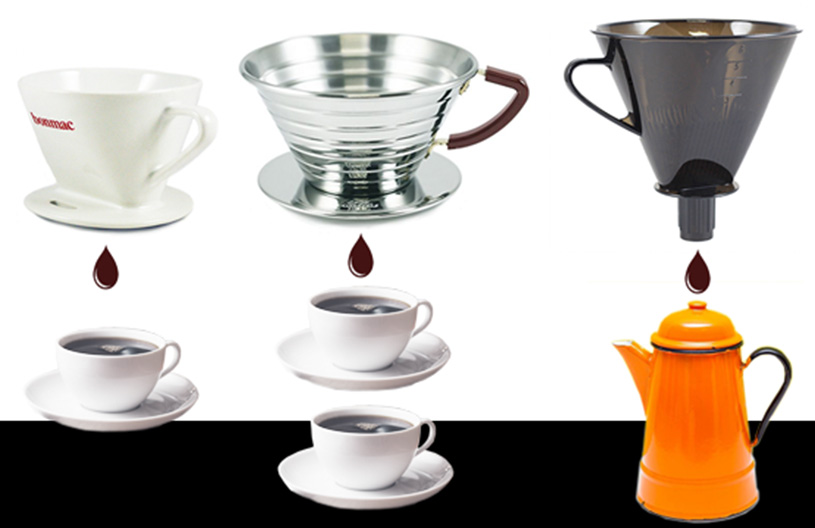
1. How many pots are you going to make?
Of course, you can also use the 01 filter cup to make coffee for several people, but it will be slow, and the coffee powder may spill over. The most important thing is that you do not have enough space and time to inject water. The thicker the powder layer is, the more demanding it is to the strength and size of the water injection. Don't be deceived by those advertising posters whose powder layer expands more than the height of the filter cup. This method is not good for most people. And it's easy to waste coffee powder. What if I use the No. 02 filter cup to make a single person? Wouldn't it look a little weird to put a little powder in such a big filter cup? And the height of the filter cup affects the height of your water injection, you may inadvertently increase the intensity of stirring in the cooking process, and the taste will also be affected.
2. Where is your cooking skill?
Does the filter cup have any effect on the flavor of coffee? Of course, there is, and it will be magnified by your cooking technique, which is very obvious. To put it simply, the flavor difference of the filter cup is mainly due to the speed of drainage. Like some filter cups with larger filter holes at the bottom (such as V60), the drainage speed will be faster, which means that you have to use water injection techniques, speed to control the cooking time, the technical requirements are higher. On the other hand, the filter cup with small filter holes (such as Kalita) drains slowly and can control fewer factors, so it is relatively suitable for beginners.
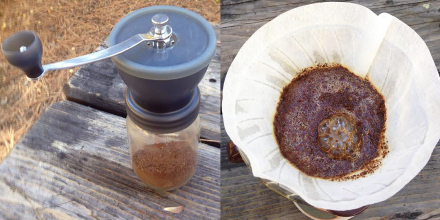
3. Where do you make coffee?
The office? Kitchen? Hotel? Or in the wild? If you often need to bring hand flushing equipment and wander around, it is best to choose some strong and durable filter cup materials, such as metal and resin. If you just make coffee at home or in the office pantry, then ceramics and glass don't matter, they all look good anyway.
Hand brewing coffee is knowledgeable, and there are always classics of various brands. Buying a hand filter cup is the same as buying coffee beans. There is no best, most expensive, most novel, only the most suitable for you.
END
Important Notice :
前街咖啡 FrontStreet Coffee has moved to new addredd:
FrontStreet Coffee Address: 315,Donghua East Road,GuangZhou
Tel:020 38364473
- Prev
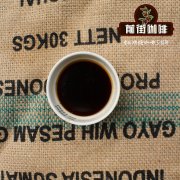
A glass test tube in a laboratory in Britain opened the prelude to the use of siphon coffee pots.
Professional coffee knowledge exchange more coffee bean information Please follow the invention history of coffee workshop (Wechat official account cafe_style) set the time back to a laboratory glass tube in England in 1840, opened the prelude to the use of siphon coffee pot (Syphon), British Empire experimenter Nabiya used chemical experiment test tube to create a vacuum coffee pot
- Next
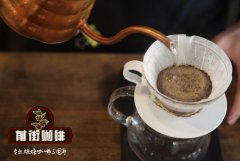
What is the reason for choosing coffee? What is coffee with ears? The correct way to drink coffee
Professional coffee knowledge exchange More coffee bean information Please pay attention to the invention of ear-hanging bags in coffee workshop (Weixin Official Accounts cafe_style) In China, it is not difficult to obtain ear-hanging bags (also known as filter-hanging coffee). They are sold in major e-commerce, online stores and some self-baked coffee shops. It is also very easy to brew ear-hanging bags by yourself. But do you know which country first invented ear bags?
Related
- What is the Philharmonic pressure? How to use Philharmonic pressure to make delicious coffee
- Why does a hand grinder have more fine powder than an electric grinder?
- In addition to the hot mom, what is the difference between the versions of EK43 | ditting and Mahdi ek43?
- What kind of equipment do you need to make coffee by hand? Introduction to novice starter cooking equipment tools
- Espresso needs to be ground how thick and thin scale entry Italian Coffee Machine Bean Grinder investigation and Grinding course
- How much does it cost to open a small private cafe? How much does it cost to learn coffee? How to operate it?
- The difference between the flavor characteristics of hand-brewed coffee and coffee maker is hand-brewed coffee really better than coffee maker? Can I use a coffee machine to make coffee beans by hand?
- The difference between 01 and 02 of hario v60 filter cup what is the difference between 01 and 02 filter cup opening and cooking flavor
- What's the difference between the smart cup and the French kettle? Which is better, the French kettle or the Smart Cup?
- What's the difference between a smart cup and a V60 filter cup? The difference between the taste of smart cup and hand-brewed coffee

